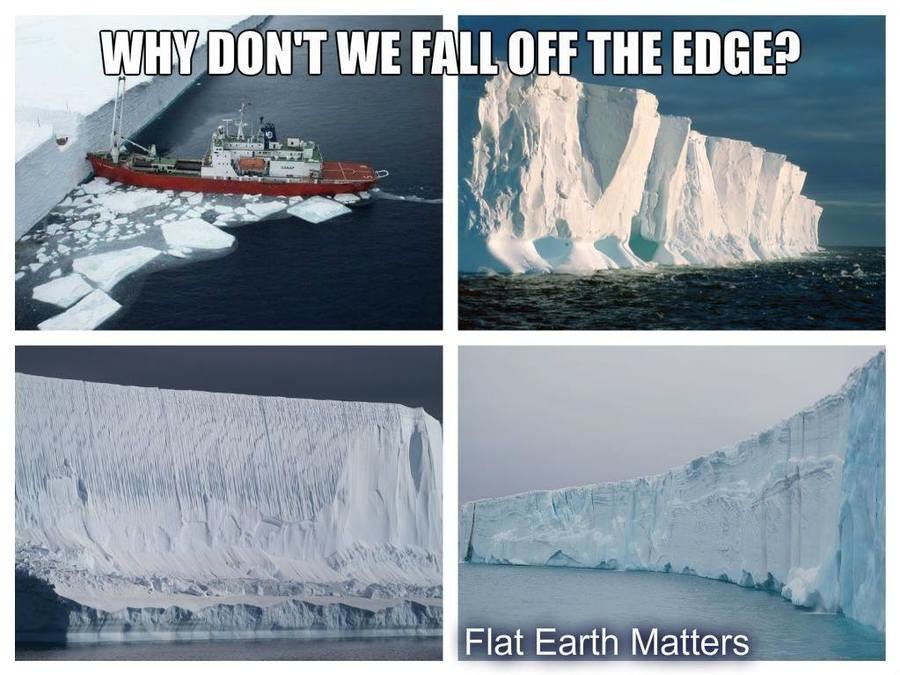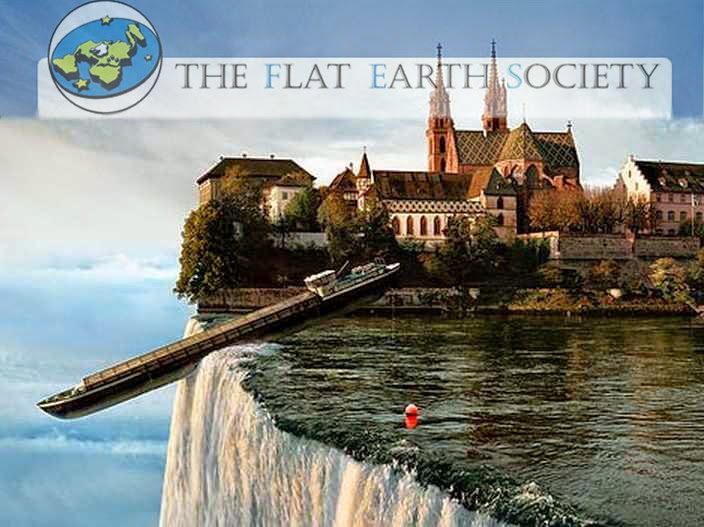Stravinsk, how do flat earthers explain the "land of the midnight sun" in the north and south poles - also the land of noon time darkness in the same places for another part of the year?
Good question. I need to establish a few things first, but I'll get to your question, so please bear with me.
In the flat earth model - the sun and moon are the same, or roughly the same size, and this is important - they are much smaller and closer than in the Heliocentric model.
When the sun "sets", from your vantage point, it is disappearing from your field of vision - your vanishing point. That being said, shouldn't it always go from large to a pinprick if it is moving away from you? This is the point where atmospheric refraction comes in. I have linked 2 videos here that show a Desert sun getting smaller and smaller - and the sun in Texas - getting BIGGER as it sets. The reasons for this is what is called atmospheric refraction - the sunset in the desert - there is less water vapor to look through as you watch the sun set - the sunset in the Texas video - there is much more water vapor present - and it is magnifying the sun - acting like a lens from your perspective. Have a look:
Desert sunset, DRY atmosphere (very little water vapor) -sun is smaller and shrinks as it moves away:
Texas sunset on a WET atmospheric day - sun is bigger and grows as it moves away:
Also an important reminder. In the FE model
North is the center of the "circle of the earth", and
South is the outer rim of the circle.
I need to give you this background to answer your question properly. Please note the difference in the size of the sun in the 2 videos above and how it gets smaller or larger. This is due to atmospheric refraction or the amount of water vapor over a given distance. There is also a video by Rob Skiba that explains this process in depth with a practical example. You can find it in the "NASA and Facebook Tricked You" thread. Or just type his name into Youtube and you'll find the video there as well.
Now, for the midnight sun:
In FE model - The sun spirals above a flat, circular plane. When it is summer at the North pole, the sun is spiraling above that section of the earth, giving them their very long days. When it is winter in the same region, the sun is spiraling closer to the outer rim of the circle, so that the extreme North sees no sun for days, and the extreme south has extra long days.


